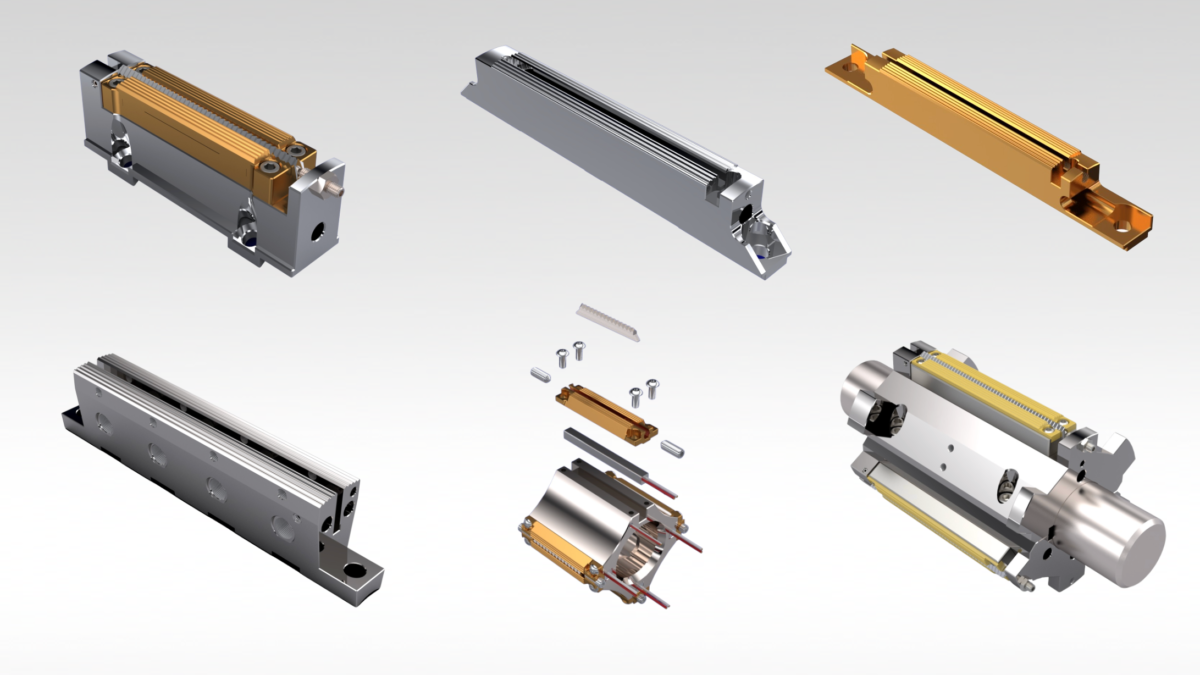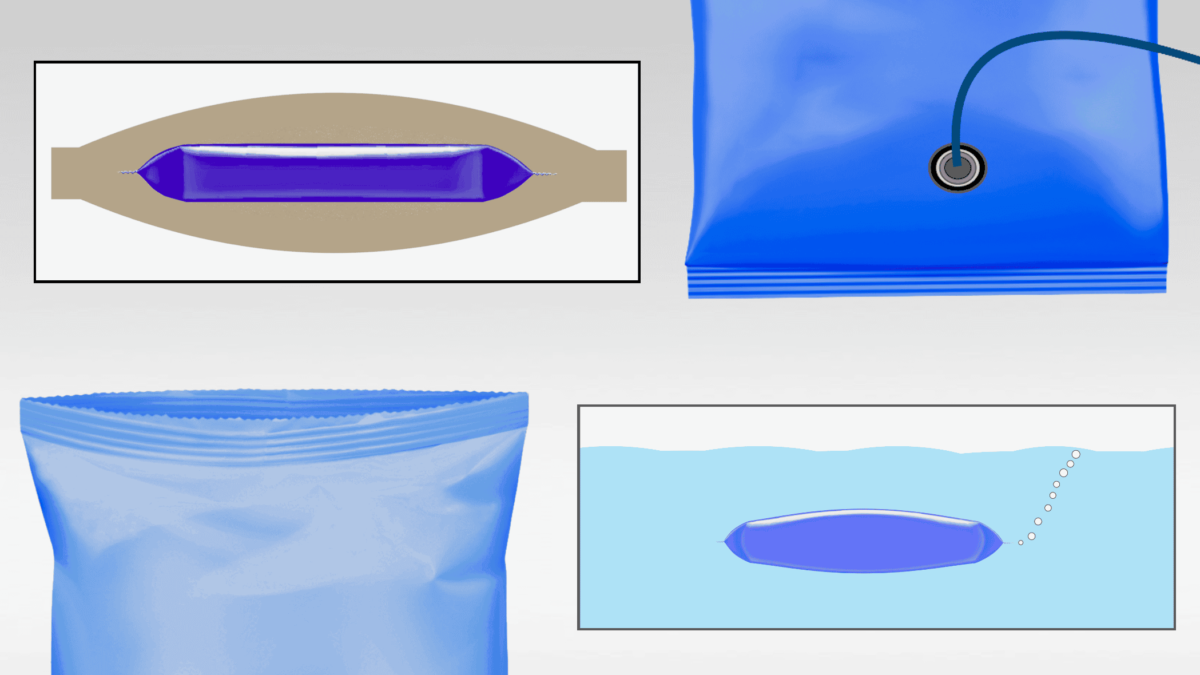Carbon impression are most often used to guide the setup of sealing jaws and to solve problems on flow wrappers and vertical form fill seal baggers.
But Carbon impressions should also be taken before each new production run and when variables such as product size or packaging materials change. These extra impressions will indicate ongoing adjustments and preventative maintenance that prevent package quality problems and lost production time.
Adjustments & Preventative Maintenance
Carbon impressions indicate changes that occurred during previous production that might otherwise go unnoticed, such as damage to jaws and knives, product contamination, or misadjustment of the clearance, sealing pressure, and other variables. You might find that sealing pressure is uneven across the length of the jaws, or that the serrations are not properly aligned.
Damage

Product Contamination

Misadjustment

Alignment

Knife Adjustment
On flow wrappers, weak impressions from the trailing seal could indicate that a worn knife had been over adjusted to make it last through the previous production run. Here the knife is striking the anvil with such force that the jaws bounce apart and fail to transfer adequate sealing pressure. You will know to replace this knife and anvil before production resumes to avoid seal problems and delays.

When changes to the product, packaging material, line speed, or other conditions occur, take new carbon impressions. They will indicate if adjustments to alignment, temperature, sealing pressure, knife setup, or other variables are needed to maintain package quality.
Sealing Jaw Wear
For example, sealing jaws that have begun to wear may still be producing quality seals. But with a new, thinner packaging material this wear can prevent the jaws from providing adequate sealing pressure.


Label & Save
Be sure to label your carbon impressions with the date, line and machine, direction arrow, and sealing jaw pair number and to save them. Not everything these impressions reveal will require immediate action, but when urgent problems do occur you can compare current conditions with previous results, recognize what has changed, and resolve the issue.

Paper Type
For accurate results, use the right type of paper for your situation.
Use carbon paper for unheated rotary sealing jaws, at initial setup or for when running cold seal films. Carbonless paper should be used when the jaws are hot.
For cold or hot reciprocating sealing jaws use carbon paper. When these jaws are run at high temperatures, carbonless paper may improve results.
Invest a few extra minutes to make carbon impressions a standard part of your preventative maintenance program. You will keep packaging problems from occurring and save hours of lost production.
If you need a supply of carbon or carbonless paper, or would like help interpreting your impressions, contact Greener Corporation. We provide Package Quality and Productivity Solutions worldwide.



